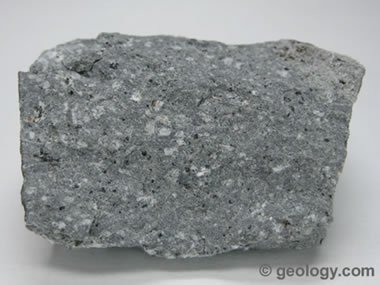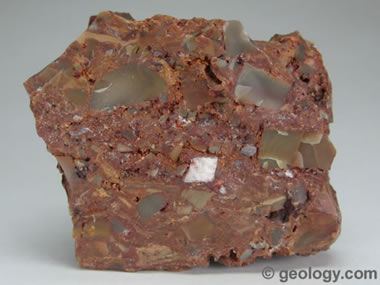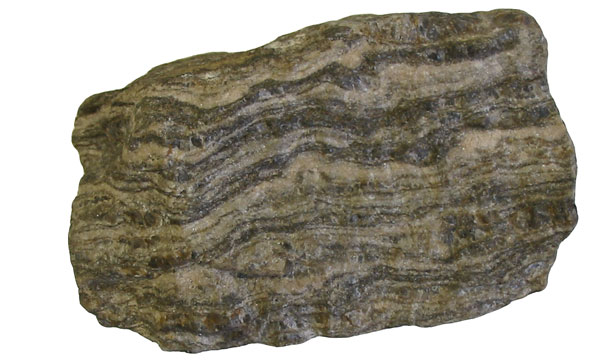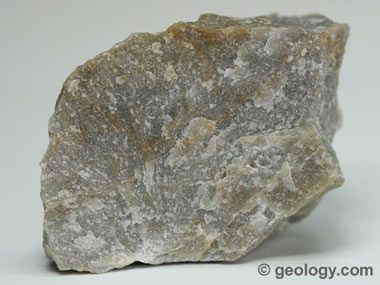First Man in Space by Max from Kara MacDevitt on Vimeo.
Monday, June 3, 2013
Monday, May 6, 2013
Internship's Photo Essay
From Monday to Thursday I went to my internship at NetCost Market.
My day starts at storage.
I change my regular cloth to store's uniform at storeroom.
Then I go to find supervisor, and ask him what I need to do. If they have some task for me, I'm doing it.
But if not, I just walking through the lines. People can ask me for help, so I try to help them.
Also if I find lack of something.
 I went to the storage to take those thing.
I went to the storage to take those thing.

And put it at the right place.

In end of day went to the manager so he/she can sign my time sheet. After that I go back to my home.
My day starts at storage.
I change my regular cloth to store's uniform at storeroom.
Then I go to find supervisor, and ask him what I need to do. If they have some task for me, I'm doing it.
But if not, I just walking through the lines. People can ask me for help, so I try to help them.
Also if I find lack of something.
 I went to the storage to take those thing.
I went to the storage to take those thing.
And put it at the right place.

In end of day went to the manager so he/she can sign my time sheet. After that I go back to my home.
Friday, January 18, 2013
References
"Workbook: US Forest Fires." Tableau Software. N.p., n.d. Web. 18 Jan. 2013.
http://www1.ncdc.noaa.gov/pub/data/cmb/images/us/2012/jul/warmest_12months.png
"The Causes and Effects of wildfires and how people prepare for and respond to them" Worldlywise Wiki 18 Dec 2012
http://www1.ncdc.noaa.gov/pub/data/cmb/images/us/2012/jul/warmest_12months.png
"The Causes and Effects of wildfires and how people prepare for and respond to them" Worldlywise Wiki 18 Dec 2012
Conclusion
During this project we learned about different types of disasters. One of them I choose to make a research.
Wildfire is a fast spreading fire. Wildfires most happen in hot places where is not a lot of water. Causes of wildfires can be drought climate, lighting, or human factor. In USA wildfires most happen in western part of country, because it's most warmest part. By checking temperature history we can find a time periods where wildfires is most happen. If wildfires will be contuned for next 100 years, we can lost a lot of forest, our air will be polluted, and many animals will die. But everything that will be reburn, because wildfires is a common disaster which happen whole the time.
Wildfire is a fast spreading fire. Wildfires most happen in hot places where is not a lot of water. Causes of wildfires can be drought climate, lighting, or human factor. In USA wildfires most happen in western part of country, because it's most warmest part. By checking temperature history we can find a time periods where wildfires is most happen. If wildfires will be contuned for next 100 years, we can lost a lot of forest, our air will be polluted, and many animals will die. But everything that will be reburn, because wildfires is a common disaster which happen whole the time.
Sunday, October 28, 2012
Rock Types
Rock Cycle
Rocks
 Igneous rock
Igneous rock
rock that formed by cooling of magma/lava
 Sedimentary rock
Sedimentary rock
rock that formed by compaction and cementation of sediments
Metamorphic rock
rock that formed by heat and pressure of other rocks
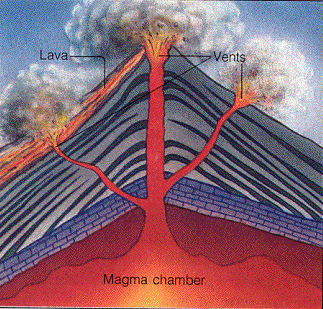 Magma/Lava
Magma/Lava
melting rock inside/outside of the volcano
Solidification
the rock gets cool and hard
Weathering & Erosion rock broke by wind and water into sediments
rock broke by wind and water into sediments
Sediments
small pieces of rocks
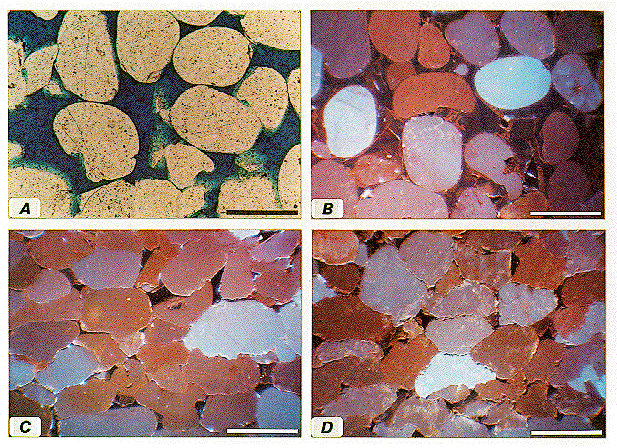
Compaction & Cementation
when rocks come together and glue together
Rock Types
Igneous rocks:
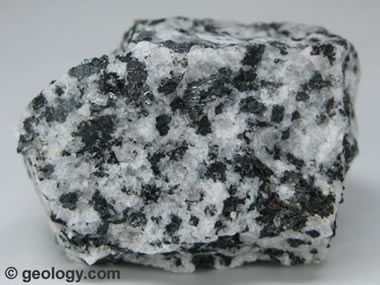 Intrusive
Intrusive
form inside of the earth and has big crystals
Extrusive
form outside of the earth and has small crystals
Sedimentary rocks:
Clastic
form from rock pieces
Crystalline
form from liquid minerals
Bioclastic
form from death organisms
Metamorphic rocks:
Foliated
has layers
Non-Foliated
has no layers
The Rock Cycle is the process that take many years, and during this process the rocks change their shape and composition. When magma comes out of the volcano, it's called lava. Then lava gets cold and became a Igneous rock. Igneous rock can be of two types - intrusive that has big crystals and extrusive that have small crystals. Igneous rock that affected by weathering and erosion broke into sediments. Then sediments come through processes that called compaction and cementation, and became a Sedimentary rock. Sedimentary rock are made up of three types - clastic that is formed by cold lava, bioclastic that is formed by death organisms, and crystalline that is formed by the minerals from a water solution. Metamorphic rock is formed by heat and pressure of other rocks, and divided by two types - fiolated that has layers and non fiolated that has no layers.
Rocks
 Igneous rock
Igneous rockrock that formed by cooling of magma/lava
 Sedimentary rock
Sedimentary rockrock that formed by compaction and cementation of sediments
Metamorphic rock
rock that formed by heat and pressure of other rocks
 Magma/Lava
Magma/Lavamelting rock inside/outside of the volcano
Solidification
the rock gets cool and hard
Weathering & Erosion
 rock broke by wind and water into sediments
rock broke by wind and water into sedimentsSediments
small pieces of rocks

Compaction & Cementation
when rocks come together and glue together
Rock Types
Igneous rocks:
 Intrusive
Intrusiveform inside of the earth and has big crystals
Extrusive
form outside of the earth and has small crystals
Sedimentary rocks:
Clastic
form from rock pieces
Crystalline
form from liquid minerals
Bioclastic
form from death organisms
Metamorphic rocks:
Foliated
has layers
Non-Foliated
has no layers
Friday, October 26, 2012
Crystals & Minerals
Crystals
During this lab we try to growth two types of crystals by Solidification process . Our variables was halite and epsomite. We have put those minerals to boiled water till the minerals can't saturate. Then we have put them near the windows, and waited till water evaporate. As result we got some minerals at the bottom.
Mineral Properties:
 Luster
Luster
Looks like metal or not
<- metallic luster
Color
the color of a mineral when you look at it
<- gold color

Streak
the color of the powder a mineral gives when stratched on a streak plate

Hardness
how hard it is
Cleavage
breaks evenly
Fracture
breaks unevenly
Composition
structure of mineral
Mineral Identification:
Sphalerite
Color: black to bronze
Luster: metallic
Fracture
Muddy
Fluorite
Color: green
Luster: non-metallic
Cleavage
Clear
During this lab we try to growth two types of crystals by Solidification process . Our variables was halite and epsomite. We have put those minerals to boiled water till the minerals can't saturate. Then we have put them near the windows, and waited till water evaporate. As result we got some minerals at the bottom.
Mineral Properties:
 Luster
LusterLooks like metal or not
<- metallic luster
Color
the color of a mineral when you look at it
<- gold color

Streak
the color of the powder a mineral gives when stratched on a streak plate

Hardness
how hard it is
Cleavage
breaks evenly
Fracture
breaks unevenly
Composition
structure of mineral
Mineral Identification:
Sphalerite
Color: black to bronze
Luster: metallic
Fracture
Muddy
Fluorite
Color: green
Luster: non-metallic
Cleavage
Clear
Subscribe to:
Comments (Atom)











